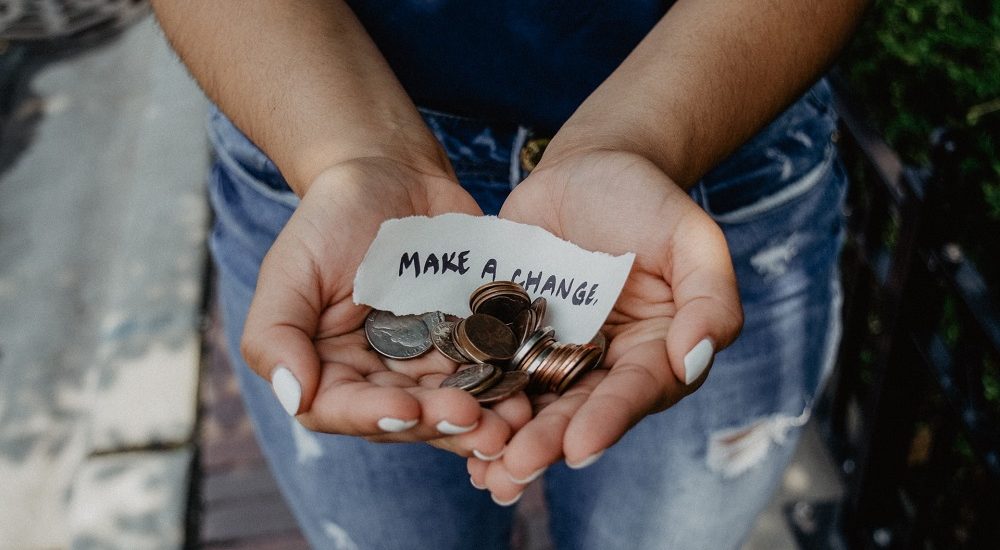The Singaporean financial system is one of the most stable in the world. This stability is partly due to the well-developed lending and security laws that are in place. We will look at how these laws work and benefit Singapore traders. We will also discuss some of the critical features of Singaporean lending and security law that make it unique.
What is lending and Taking Security?
Forex trading is the process of speculating on the movement of currency pairs and is one of the most popular forms of trading globally. To trade Forex, traders must first open an account with a Forex broker. These accounts are then used to place orders to buy or sell currency pairs. When the price of a currency pair moves in the direction that the trader has predicted, they will make a profit. However, if the price moves against their prediction, they will make a loss.
How does it work in Singapore?
Lending is the act of giving Forex traders money with the expectation that traders will return it, while taking of security is the process Forex traders use to obtain collateral for a loan. Choosing a lender or borrower regulated by a reputable financial authority is vital to minimise risk.
Unfortunately, forex traders should also beware of scams common in the Forex market. If a deal appears out of this world, it’s most likely a scam. Finally, Forex traders should never forget that lending and taking security are high-risk activities and should only be undertaken by those with experience in the Forex market.
Due to the city-state’s proximity to Hong Kong and mainland China, many Forex traders focus on Asian currencies. Singapore an Forex traders’ most popular currency pairs are naturally the USD/SGD, EUR/SGD, and GBP/SGD. These currency pairs are often volatile, making them risky to trade and providing opportunities for large profits.
Forex trading in Singapore is regulated by the Monetary Authority of Singapore (MAS), and the MAS must licence all forex brokers. To learn more, check out here.
The Benefits of Lending and Taking Security
Lending allows Forex traders to earn interest on their Forex trading account balances while taking security provides them with additional protection against potential losses. Forex traders should consider the benefits and risks of both lending and security before deciding which option is right for them.
Case Studies
Forex traders in Singapore have long used lending and security to help them manage their risk. They can increase their buying power and potential profits by borrowing money from a financial institution. At the same time, they can use their assets as collateral to secure the loan, which reduces the risk of default. This arrangement has proved beneficial for both sides, as it has helped Forex traders to grow their businesses while providing banks with a low-risk source of funding.
Individuals have also benefited from lending and taking security. For example, many homeowners take out mortgages to finance the purchase of their homes. The mortgage lender uses the home as collateral for the loan, protecting them from losses if the borrower defaults. This arrangement has helped millions of people to become homeowners while also providing lenders with a safe and profitable investment.
The risks associated with lending and taking security
Forex traders in Singapore face some risks when lending or taking security:
- There is the risk that the Forex trader may not be able to repay the loan. It could lead to the Forex trader defaulting on the loan and the security being seized.
- There is the risk that clients can sue the Forex trader for a breach of contract. It could lead to the Forex trader paying damages to the lender.
- There is the risk that the Forex trader could be arrested and detained if he fails to repay the loan.
It could lead to the Forex trader spending time in prison. Before lending or taking security from a Forex trader in Singapore, you should consider these risks.
Author Bio:
Ludovic Gauthier – Writer, trader, husband, and dad, an investing and financial markets writer with over a decade’s experience in the sector. You can find more of my articles on https://medium.com/@

